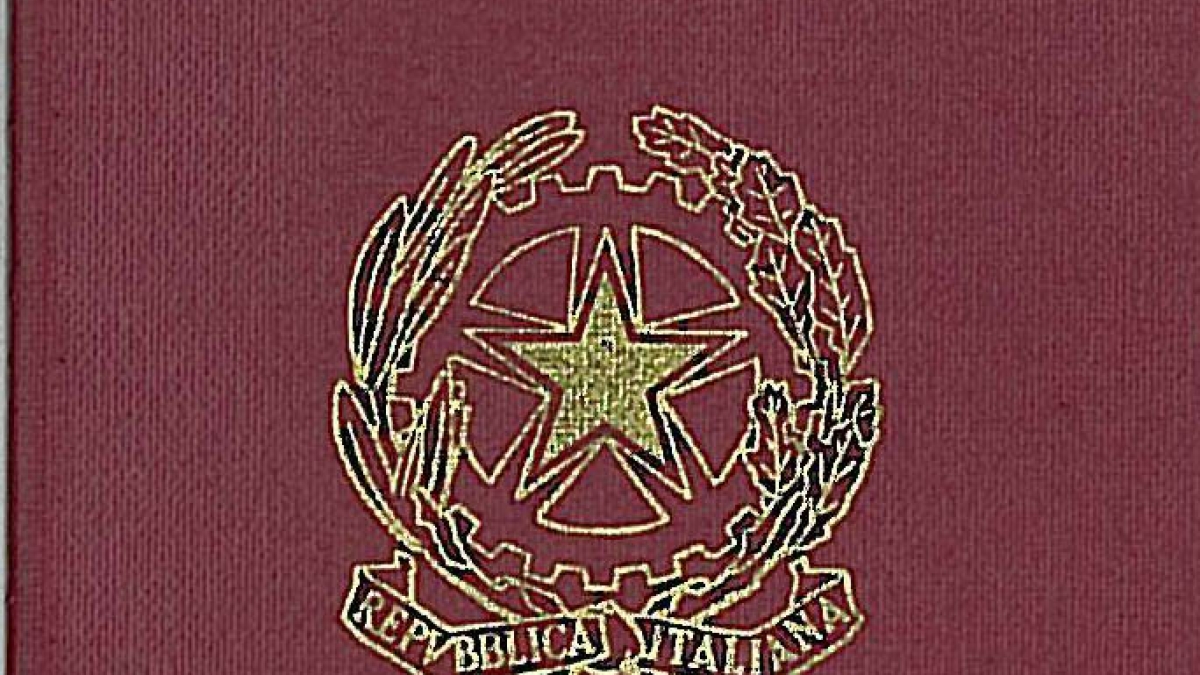ASU facial recognition research comes to light amid Malaysian flight theories

As new evidence has emerged that Malaysian Flight 370, the Beijing-bound plane that vanished early March 8, continued its flight for several hours after it dropped off the radar, theories of foul play have reemerged. One theory speculates that the plane was hijacked by two men who used stolen passports to board the flight.
According to Arizona State University psychology professor Steve Goldinger, using a stolen or missing passport to board an international flight is not as difficult as people may think.
“The problem of face-to-photo ID matching has been studied in cognitive science for about a decade now, and it consistently shows that our everyday intuition about face recognition is incorrect," Goldinger said. "Most people assume that if someone hands you an ID, you would have no problem detecting whether the photo matches the person. But this task is surprisingly hard, and is made even harder because of the ‘low-prevalence effect.'"
“In our research, the biggest challenge we have discovered is that very few false IDs are encountered, which has the ironic effect of making them far harder to appreciate,” Goldinger said. “This seems backward, as intuition probably says that such rare events would 'leap out' at you, but a great deal of perception is top-down processing. When you expect to see something, you will, and ID checkers expect ID photos and people to match – everything about the context says they should.”
Former ASU psychology graduate student Megan Papesh and Goldinger recently published their study on the frequency of identity mismatches in the journal Attention, Perception and Psychophysics. Now with Louisiana State University, Papesh reports that while the rate of travelers using a stolen passport may be low, the costs may be high. Goldinger estimates that TSA agents probably see fewer than 0.001 percent false IDs and cannot possibly remain vigilant to the hundreds or thousands they examine each day.
"Unfortunately, these conditions are also those most likely to give rise to poor detection rates," said Papesh in a statement in the Huffington Post. "In our research, when observers infrequently encountered fake IDs, they failed to catch approximately 45 percent of them, even when given multiple opportunities to correct their errors."
The challenge for improving face-to-photo matching in the future could ultimately be solved by computerized face recognition that can be effective in fast-paced applied contexts, such as airports and security check lines. Although some existing programs have speed and accuracy, their success in identifying mismatches depends on lighting conditions, camera angles and changes to a person’s appearance where the facial features are obscured.
“That's why it is so important to investigate the human ability to match faces,” Goldinger said, “because until we develop something better, it is the best and last line of defense against stolen or invalid IDs.”
In the more immediate future, cognitive scientists such as Goldinger and Papesh believe there are potential steps that may help humans recognize fake IDs, and are currently researching some of them. One of these steps is testing whether better habits can be trained by giving security agents “bursts” of false IDs that might help change their implicit expectations.
“Once agents are more cautious about mismatches, we then hope to explore whether any techniques, such as directly evaluating specific features, might prove effective,” Goldinger said.
Written by Sara Pennak, ASU Department of Psychology, an academic unit in ASU's College of Liberal Arts and Sciences.